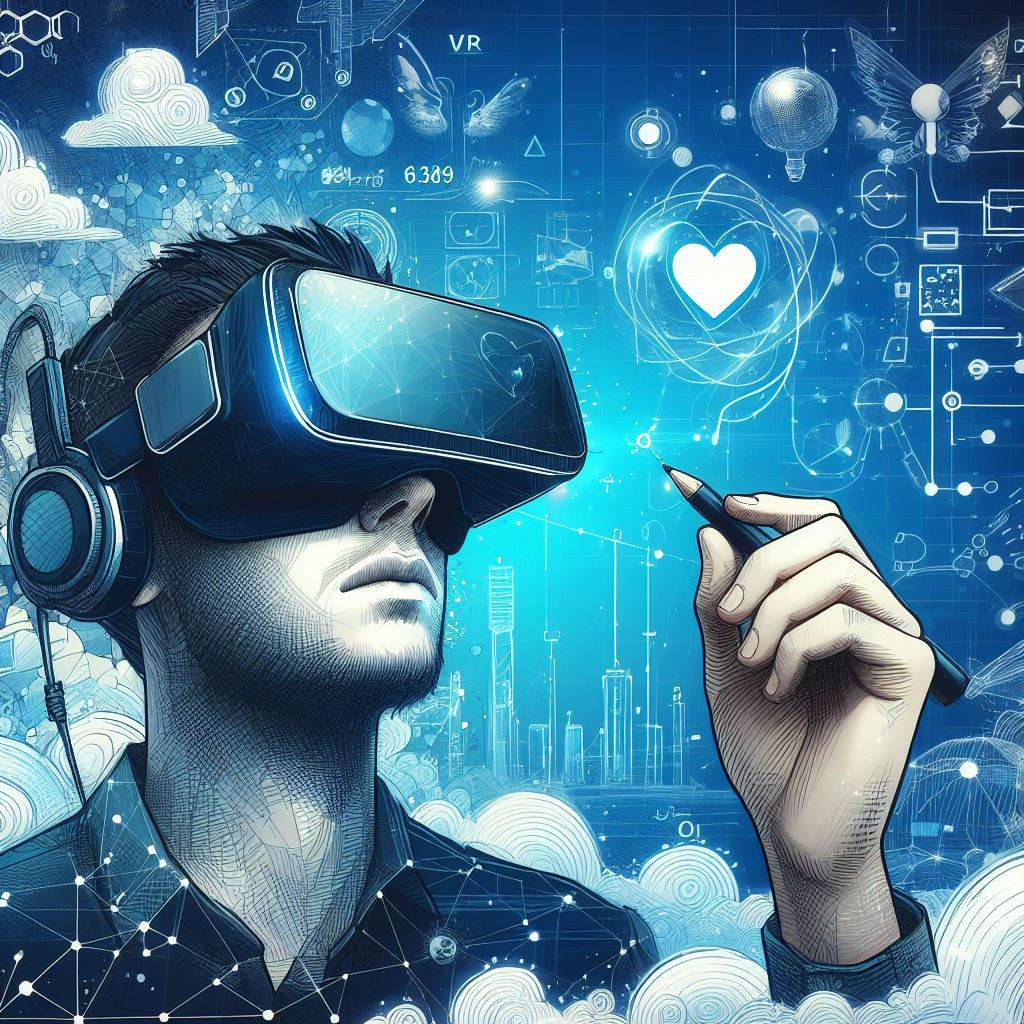Current State of VR Gaming
The current generation of VR headsets like the Oculus Quest 2 and Valve Index have already brought immersive gaming experiences to consumers. Roomscale tracking allows walking movement in spaces, hand controllers enable natural interactions, while high resolution displays and refresh rates achieve presence. However, field of view remains limited, headset resolution causes screen-door effects, and wires still restrict some headsets. Most importantly, the game library remains quite limited outside a handful of popular titles. There is a lot of room for improvement across the board.
Next-Gen Standalone Headsets
The next generation of standalone wireless VR headsets aims to solve many shortcomings. Rumored headsets like the Oculus Quest 3 should dramatically improve processing power, battery life, field of view, and high resolution displays. Eye and face tracking will enable realistic avatars and interactions. Hand tracking is also expected to improve. 5G could enable cloud streaming for graphically complex games. Major strides to comfort and usability will help headsets appeal to wider audiences. We should expect the level of immersion to start approaching Ready Player One territory!
AI-Enhanced Graphics
With more processing power, next-gen headsets will push graphics to new levels of realism by using AI to fill details. Nvidia’s Deep Learning Super Sampling (DLSS) and other intelligent upscaling techniques can take lower resolution renders and add missing detail for sharper, cleaner images. Ray tracing can simulate real-world lighting and reflections for greater immersion. Machine learning algorithms can also generate highly detailed textures and assets to reduce artist workload. AI assistance will allow VR games to achieve visual fidelity approaching CGI films.
Haptic Feedback and Controller Innovation
While getting the visual experience right is crucial for VR presence, engaging other senses expands immersion tremendously. Haptics via vibration, force feedback, temperature changes, etc can convey physical sensations missing from games now. Controllers themselves may also evolve into realistic props resembling real weapons, sports equipment, magical wands etc. Force feedback gloves could let users feel shapes, textures, impacts etc. This will massively boost the feeling of interacting with responsive virtual worlds compared to just holding plastic handles.
Made for VR Games
As VR hardware evolves, game developers are gaining experience tailoring gameplay to the unique capabilities only possible in virtual worlds unrestrained by reality. Expect new genres going beyond ports of existing FPS/adventure franchises into gaming experiences impossible on flat screens. Physical actions like climbing, crafting, shooting arrows with realistic physics hold great promise. Social interaction and cooperation also takes on new meaning when users physically inhabit spaces together. We’ve only scratched the surface of what works best in roomscale 3D spaces rather than abstracted gamepads and screens.
VR as the New Front of Esports
Competitive gaming is also being reimagined by virtual reality. Freed from screens and chairs, new physically intense esports may arise challenging real athletic abilities rather than just fast thumbs on controllers. Early examples like Echo Arena show potential for skill-based team sports in zero gravity virtual arenas. Rhythm games also allow showmanship and physical dance-like mastery. As social presence improves, we may see mass spectator events akin to real live stadiums within virtual reality itself. The possibilities to gamify human experience expand vastly.
In under a decade, VR has already shown glimpses of the next paradigm for gaming interactivity. Once the hardware matures further to be frictionless to use, consumer adoption should follow at scale. The 2020s promise to make immersive virtual worlds the new frontier of gaming.
